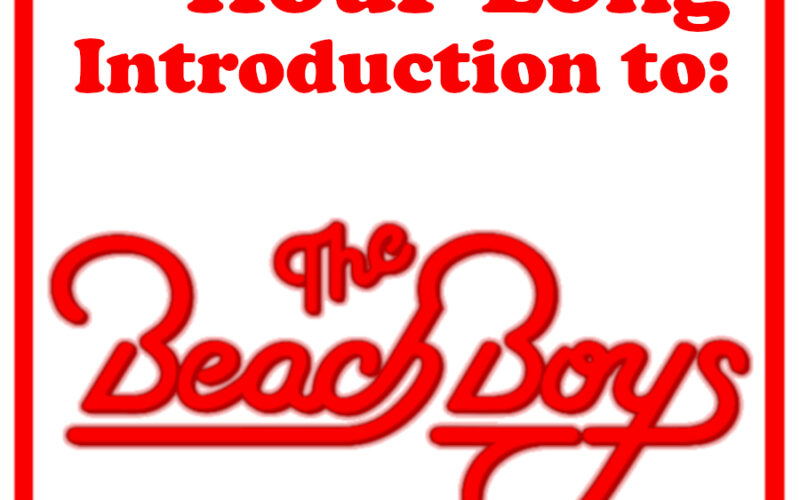A Quick Intro to The Beach Boys: HOUR TWO
The post-Pet Sound years are far less well-known. Other than the excruciating “Kokomo”, there are no really big hits during this period. While this period is less popular, it has certain risen in critical acclaim over the years. When once the Beach Boys were written off as irrelevant after 1966, these days most of your favorite indie bands see these records as an early progenitor to the bedroom-recording lo-fi sound.
While the last playlist chronicled a steady slope upward, this period is full of all sorts of ups and downs. It is a weird time. Brian is trying to give up the reins long before anyone else in the band are ready to pick up the slack. Drummer Dennis, of all people, turns out to be the best songwriter besides his brother Brian. The most materialistic, conservative, commercial minded member (Mike Love – boo, hiss) is also a devout follower of the Maharishi. George Lucas, long before ruining Star Wars with the prequels, ruins the Beach Boys by paving a path for them to become nothing but a touring nostalgia act.
Since the band has evolved from a single genius (and his messengers) to a democracy, things get really scattershot. There’s some good stuff buried in those seventies and eighties albums, but there are some undeniable stinkers too. The Wilson brothers continue to try and push the band into new territory of experimentation and innovation, but are stymied by their drug use, mental illness, and own deaths. Meanwhile the other three are busy chasing whatever trends are hot at the time. In the late seventies, they release a ten-minute disco remix of one of their songs. At the height of Garth Brooks-mania, they corral a bunch of country singers to do countrified versions of their songs while they sing back-up. They team up with the Fat Boys for a rap version of Wipe Out. They appear on Full House. Everything is thrown at the wall; not much sticks.
The band breaks up. A couple of times. Each reunion features fewer and fewer original members. Brian hides in bed for a couple of years, so the rest of the band moves the studio into his house. Brian is taken to a quack therapist, just enough that they can trot him on-stage like a dancing bear (No one cares how well he’s dancing; it’s just the fact that he’s dancing at all that is impressive). Everyone is fired by everyone else at one point. They start their own record label – Brian tries to sign Three Dog Night, but is turned down. Dennis tries to sign Charlie Manson, but that doesn’t pan out (luckily). Carl tries to sign Flame, a South African soul trio, but instead The Beach Boys just add two of their members to the band. So for a period of time The Beach Boys – America’s whitest band – were integrated. There are also a few notable people joining the touring group as The Beach Boys start augmenting their troops. Daryl Dragon (the Captain from the Captain and Tennille) plays keyboards. One of the Cowsills plays drums on a few tours. As does future heartthrob John Stamos.
Their dedication to writing and recording new music ebbs and flows as touring becomes more of the focus (and only source of profit). Usually a new record is just something to hock at the merch table. There are more unfinished albums: Adult/Child which was to be made of original Big Band/Swing tunes, and a second Xmas album that gets rejected, so they just change the lyrics to remove references to Santa and release that. However, when Kokomo becomes a big hit, they are able to put together an album of “movie tunes”, Still Cruisin’ despite having to pad it out to full-length by including three previously released tracks. They even tried to get Bart Simpson to duet with them, but were rejected. It is an interesting, tumultuous time for the band. While the downfalls and pitfalls are certainly worthy of note, there are still some moments of grace and beauty that shine through every now and then. I’ve even included a track from Dennis’s solo album and a pair from Brian’s solo career, as these were easily some of the high points during the Beach Boys’ darkest days. It’s a ride, but definitely one worth investigating.
